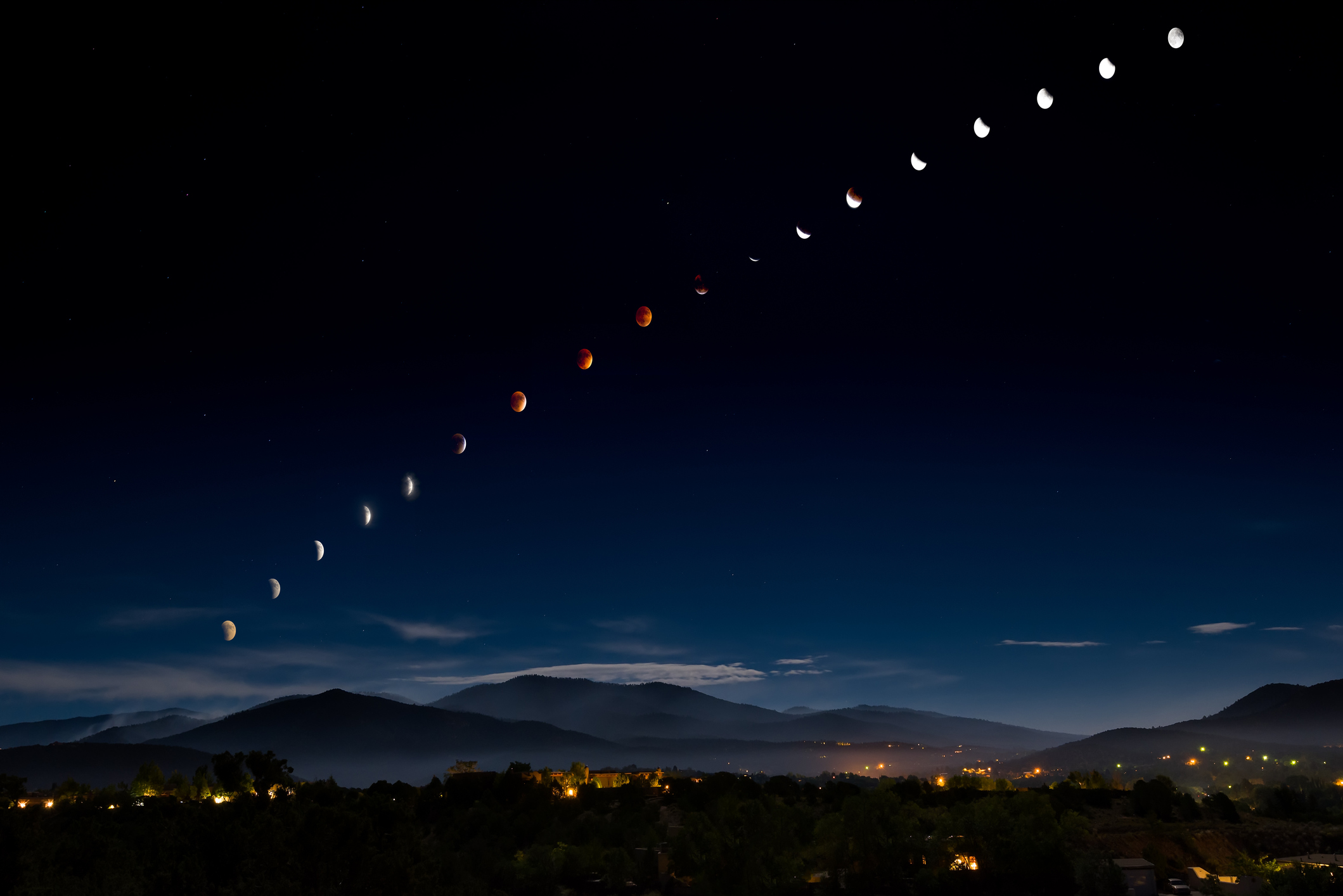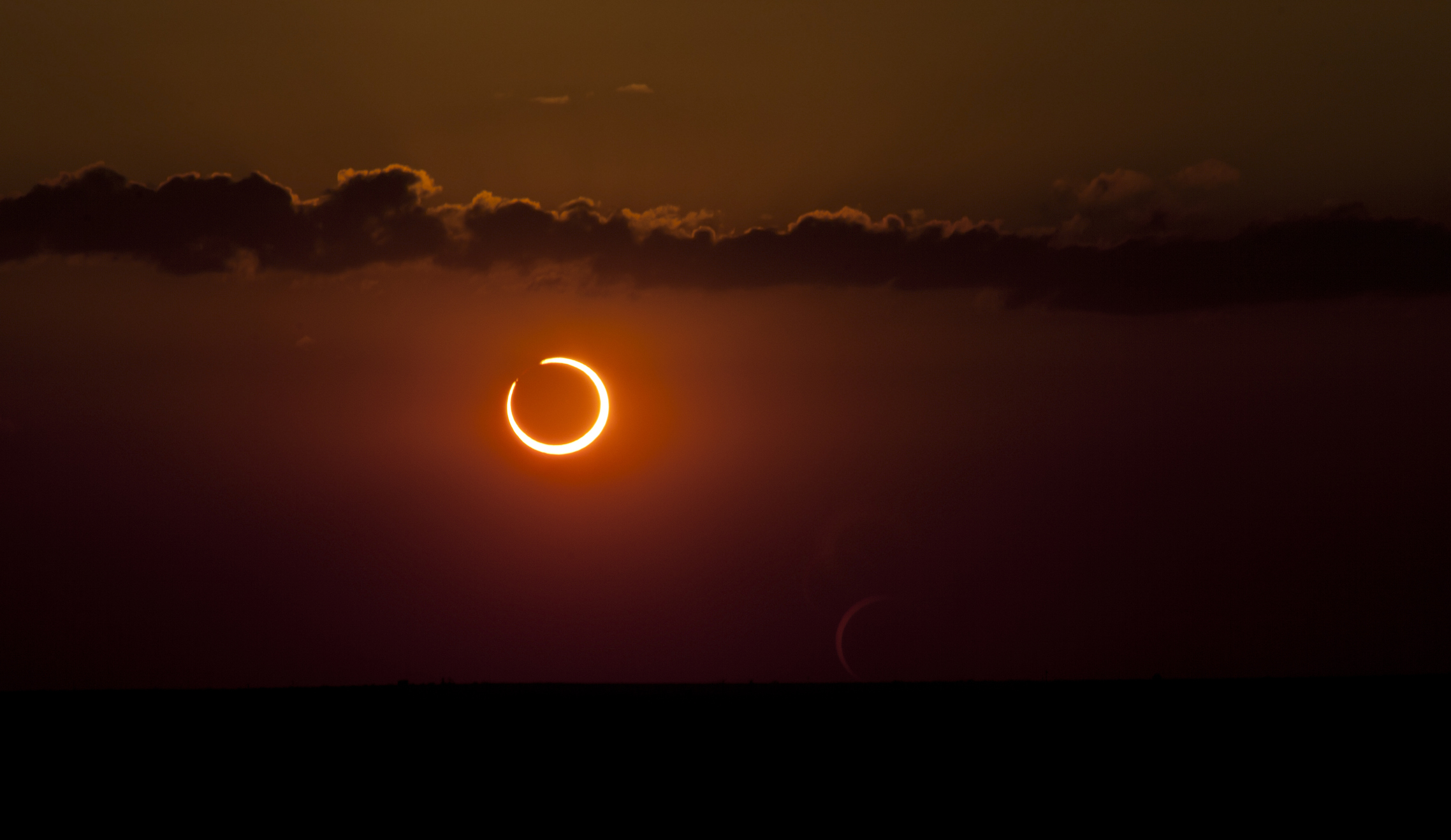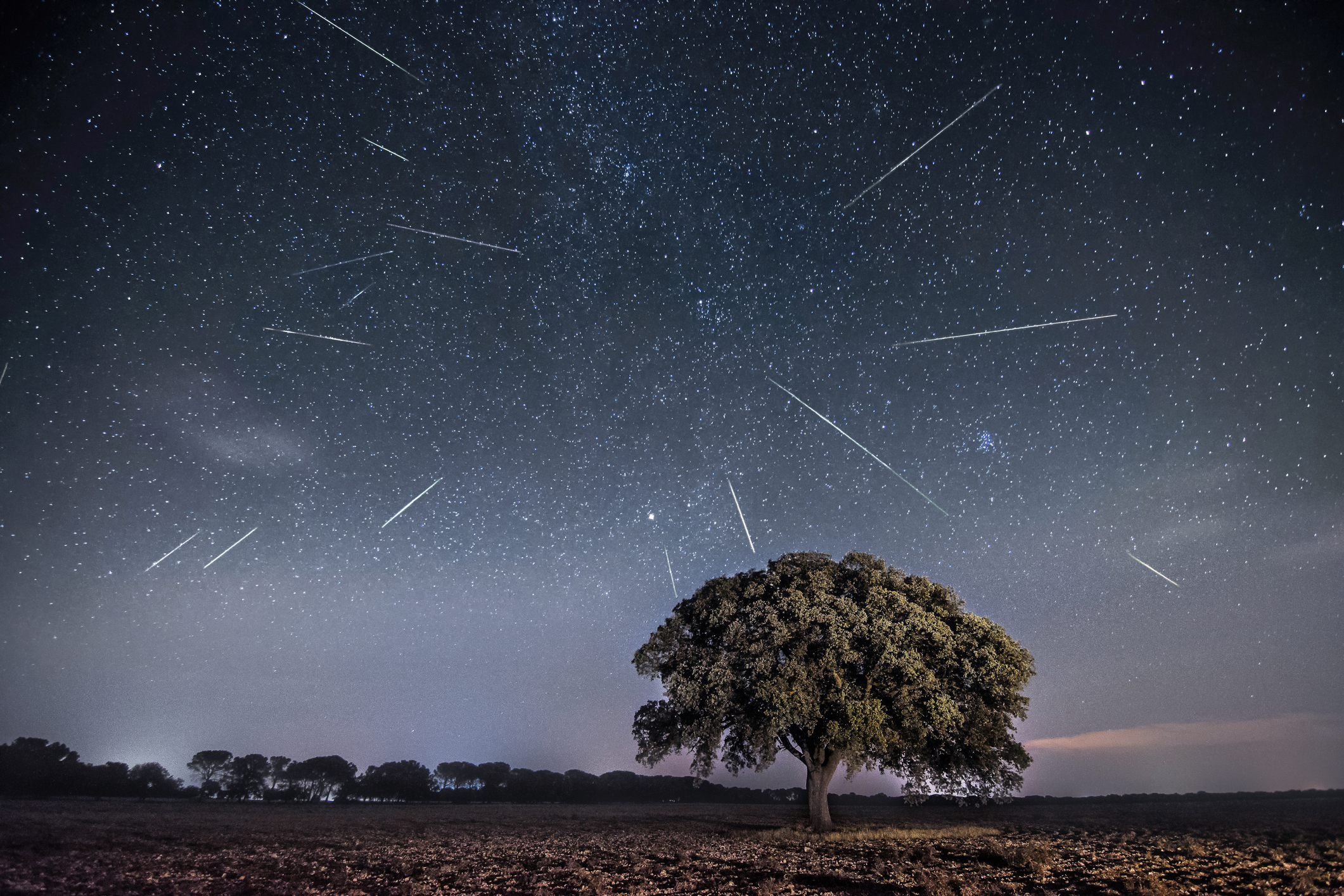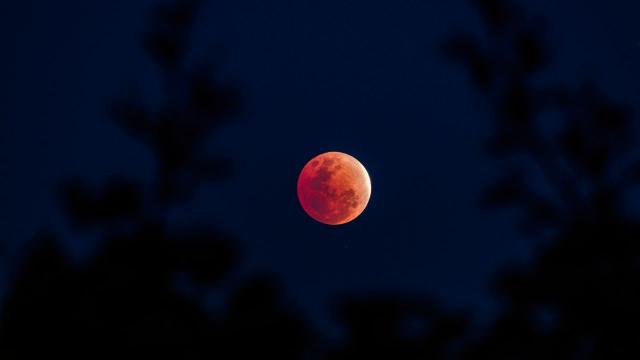We take the Moon and Sun for granted. I mean, they are always there, just chilling way up high in the sky. But often it isn’t until there is a solar or lunar eclipse that we consider just how impressive they really are. When is the next solar and lunar eclipse, I hear you ask? Well, as usual, Ask Lifehacker is here to answer that.
Whether you just enjoy witnessing the power and beauty of space or want to know when the next important event is so you can charge up those crystals and manifest some goals, look no further – we’ve got you sorted.
The next few months are (space) jam-packed with solar, lunar and meteor events that you’ll be able to see from your backyard. How fun!
When is the next lunar eclipse?

Many eclipse chasers will know that there are partial and full lunar eclipses that occur throughout the year.
On average, there is a lunar eclipse every eight or so months, with half of these being total eclipses. A total eclipse is only visible from Australia on average every 2.8 years, according to Sydney Observatory.
Lucky for us Aussies, there is an upcoming partial and total lunar eclipse coming to our skies this year.
If you look up towards that big ol’ thing in the night sky on Tuesday, November 8, 2022, you’ll be able to see the Moon enter a total eclipse. If you’re in Australia or New Zealand, you’ll be able to see the whole of this eclipse.
Tomorrow night the Moon will be fully immersed in shadow for around 85 minutes. It will happen around the moonrise so look to the skies to see a beautiful big orange orb in the sky.
These are the daylight savings times you can watch the start of the eclipse:
- Sydney, Canberra, Melbourne, Hobart: 8:09 pm (totality begins at 9:16 pm)
- Brisbane: 7:09 pm (totality begins at 8:16 pm)
- Darwin: Totality begins at 7:46 pm (the moon will rise with a partial eclipse)
- Adelaide: Totality begins at 8:46 pm (the moon will rise with a partial eclipse)
- Perth: The moon will rise in totality across Perth at 6:43 pm
If you’ve seen a total lunar eclipse, you’ll know that the Moon can turn red. The reason for this is that the red light from the Sun will bend from the Earth’s atmosphere, which means that other colours (like the blue hue we normally see the Moon in) will be scattered in all different directions.
If you’re hoping to take a killer photo of this event, here’s some advice on how to best do that (most photos of the moon look a little meh).
When is the next solar eclipse?

Much like the Moon, the Sun also enters phases of partial and total eclipses.
According to Optics Central, there was a partial solar eclipse on May 1, 2022.
However, if you want to see a total solar eclipse from Sydney, you’ll still be waiting quite a long time. The next one that’s visible from Sydney won’t be until 2:00 pm on July 22, 2028. On this date, the Moon will entirely cover the Sun for around 3 minutes and 50 seconds, according to Sydney Observatory.
Interestingly though, there will be a total solar eclipse in April 2023, which will be perfectly visible from Western Australia’s northwest coast.
Maybe this is your sign to finally make those WA travel plans and watch this spectacular solar event in person.
When is the next meteor shower?

As well as being able to see solar and lunar eclipses this year, we Aussies have been blessed with not one but three major meteor showers.
The Lyrids Meteor Shower reached its peak in the early morning (around 4:oo am) on Saturday, April 23. You can see this shower every autumn, but the comet itself that creates the meteor debris won’t be visible from Earth again until 2276. (Just a few years.)
The Eta Aquariids showers were visible from Australia and New Zealand in the early hours before dawn from April 19 through to May 28. This particular meteor shower has quite a long period of peak activity, so no stress if you miss it one morning.
The Tau Herculids showers reached their peak in Australia at around 9:00 pm on May 31.
There aren’t any other meteor showers for the rest of this year, as far as we are aware.
Can you stare at an eclipse?
In case you were wondering, you can stare at a lunar eclipse with the naked eye without having to worry about any form of eye damage.
Things are a bit different for solar eclipses, though. According to NASA, it is never safe to stare directly at the sun, which also applies to a solar eclipse. The only time you can look at this event with the naked eye is when the sun is completely blacked out.
Fun fact
Because I couldn’t let you get away without a fun fact, here it is.
According to Time and Date, a solar eclipse always occurs about two weeks before or after a lunar eclipse. Basically, it means that eclipses are never alone! How adorable.
Happy stargazing, folks!
If you’ve got a burning question that you need answering, send them to us and we will answer it! Your question could be featured on the next Ask Lifehacker.
This article has been updated since its original publish date.

Leave a Reply
You must be logged in to post a comment.